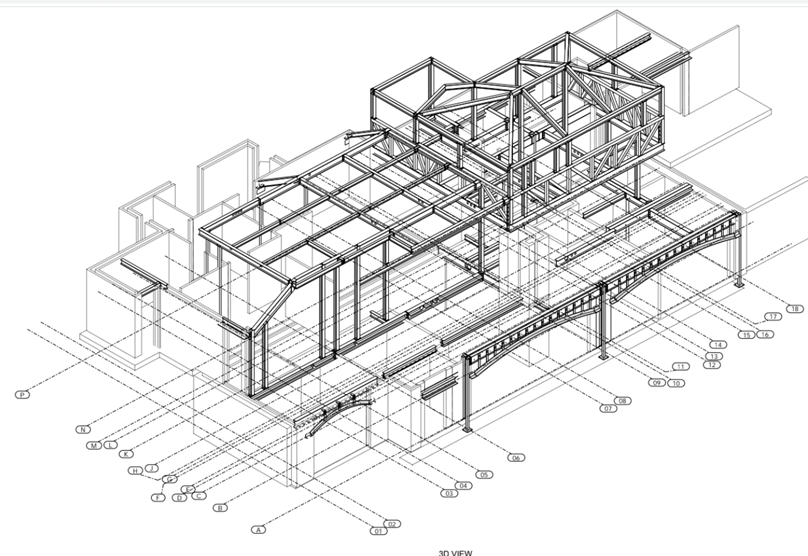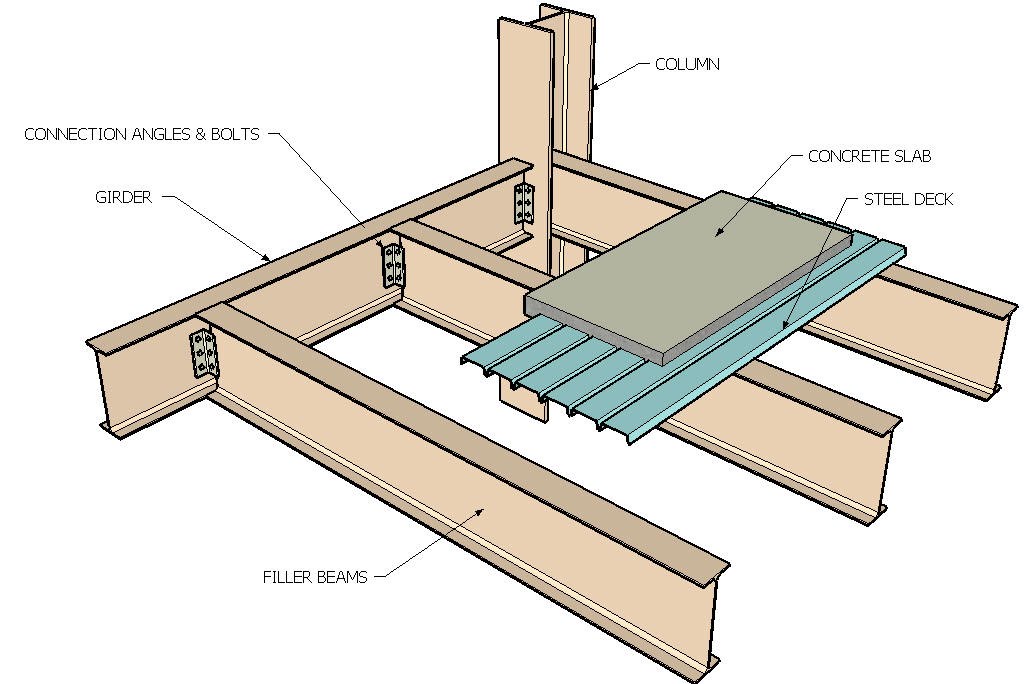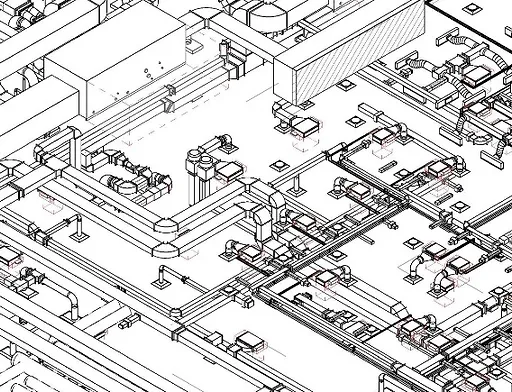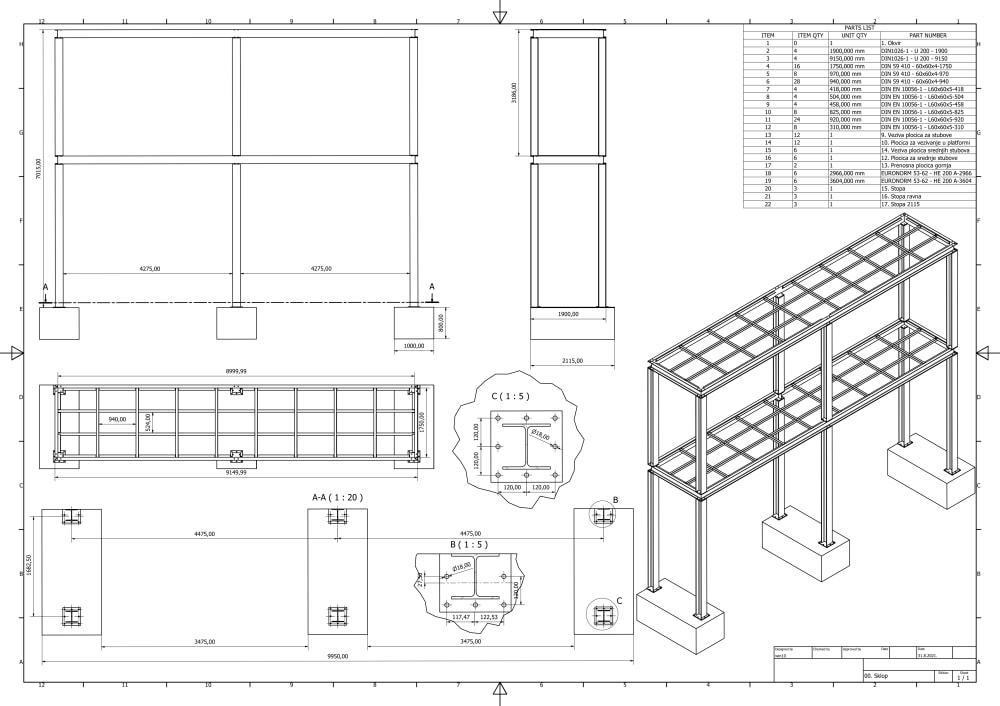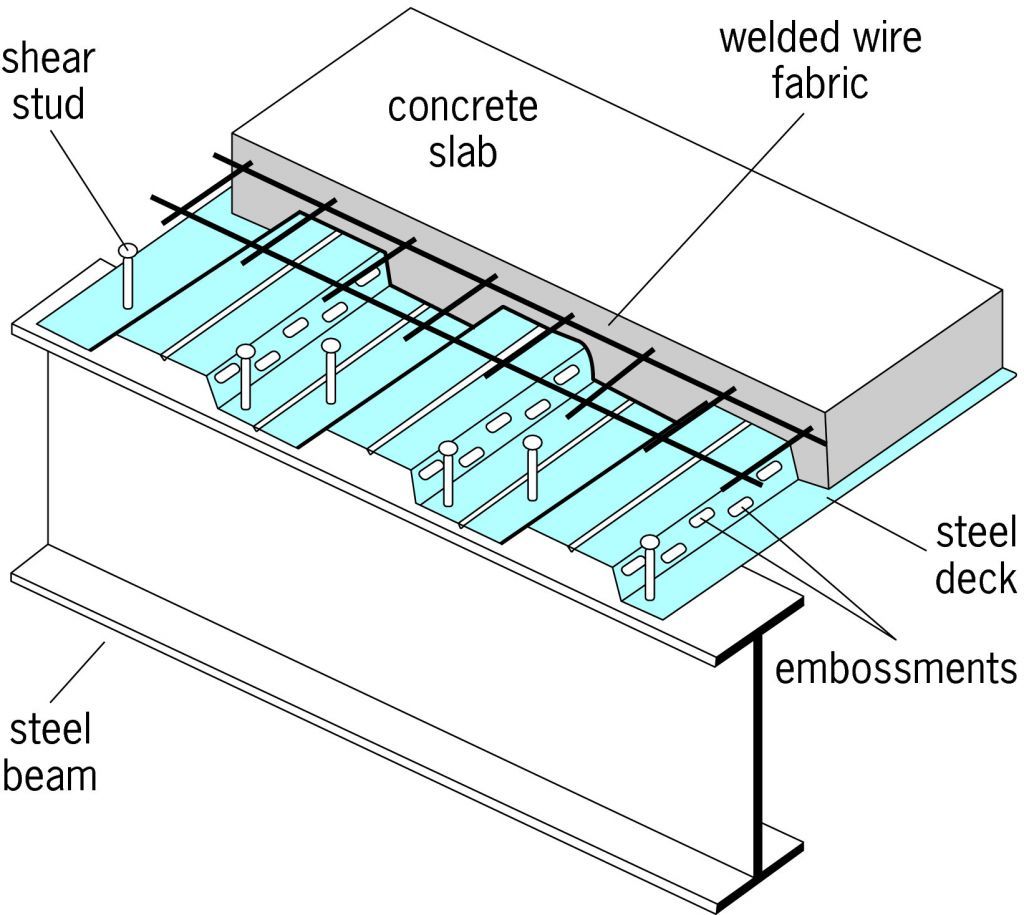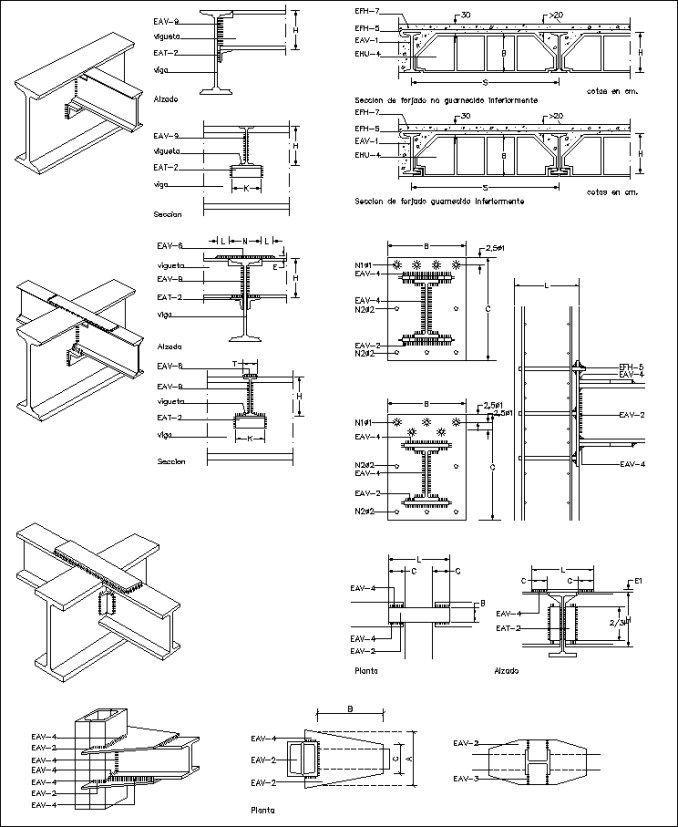Sample 1
Structural Specification Details
Structural Specification Details refer to the technical documentation that defines the design and implementation of a system or product. It includes detailed information on the system’s architecture, components, interfaces, and data structures. The specification may include diagrams, flowcharts, and other visual aids to help developers understand the structure of the system.
In software engineering, structural specifications are often used in the design phase to ensure that the system is built to meet the functional requirements. They provide a blueprint for developers to follow and help ensure that the resulting system is reliable, maintainable, and scalable.
Structural specifications may also be used in other fields, such as construction and manufacturing, to define the physical structure of a product or building. They provide a detailed description of the materials, dimensions, and assembly procedures necessary to build the product or structure.

